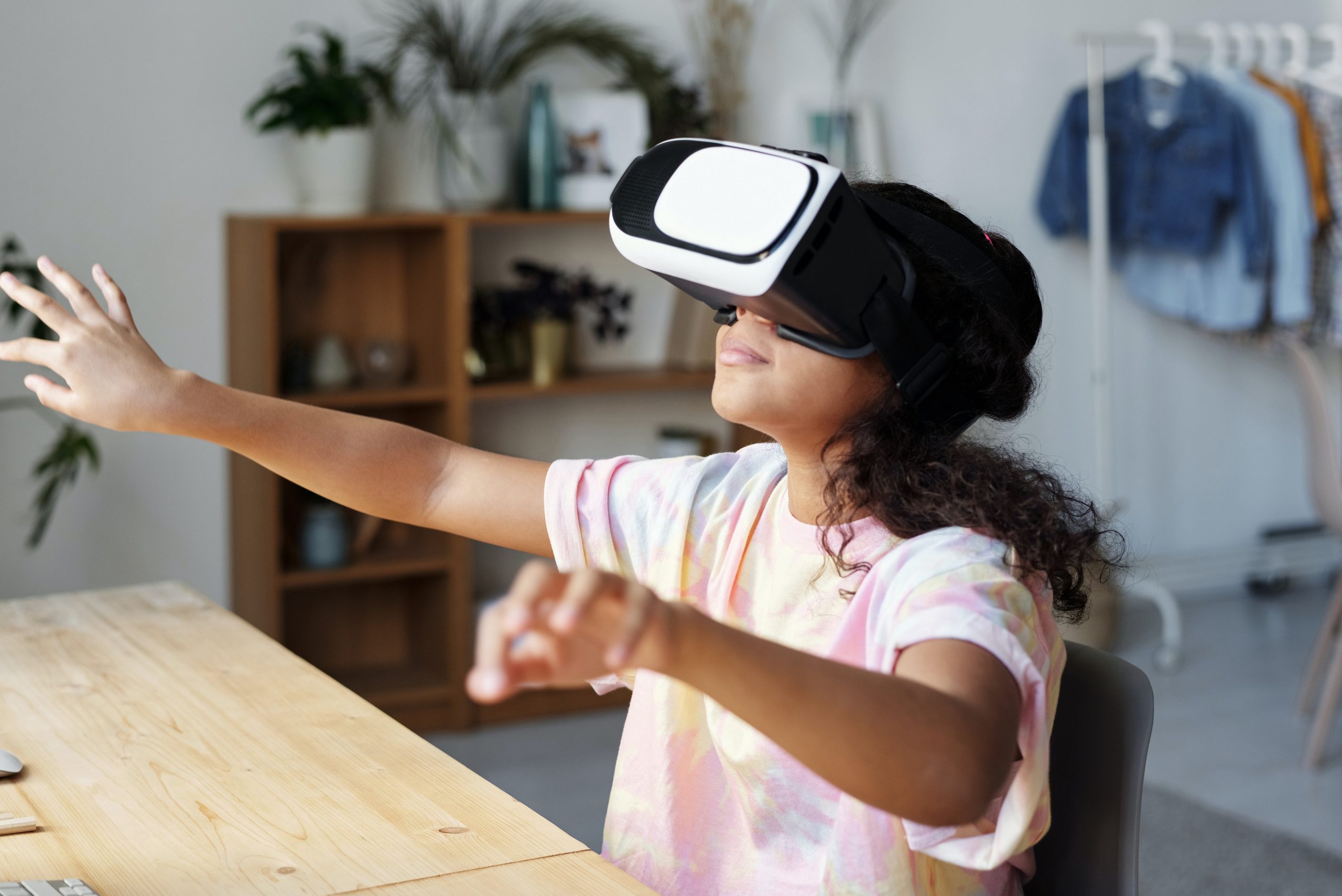3 Retail Innovations That Can Augment Digital Experience in 2021

2020 has been a test by fire for the retail industry. It was thrown into a storm where there was an equal chance of survival as well as a fatal end. Retailers that made the right decisions, rewired their processes, and created new digital experiences were able to survive it. In fact, they were able to thrive.
The key point worth noting is that while footfalls in physical stores were reduced to a bare minimum, the rush was concentrated on the e-commerce side. Almost every kind of retail store — from mom-and-pop stores to large retail chains — had to switch their modus operandi to the e-commerce model. Along with that came into focus another aspect of modern retail that has been underappreciated so far: digital experiences.
The Pandemic-Induced Plot Twist in Retail
When consumers started spending more time indoors and online shopping, digital experiences became the differentiator in their decisions. Retailers that gave a better digital experience — be it browsing their online store or completing a purchase — were given precedence.
As we step into 2021 with renewed hope and vigor, we can’t help but take a step back and think of the kind of innovations that retailers must adapt to improve their digital experiences.
Some of them are described below:
1. Augmented Reality for Immersive Experiences
Augmented reality (AR) is a mixed reality technology that blurs the differences between the physical world and the real world. It allows users to access information on any screen without having to enact physical contact. For example, you can point your screen at a landmark and get all information about it in digital snippets.
Similarly, in a restaurant, you can point your smartphone at a QR code, a logo, or a symbol and get access to the restaurant’s menu. The need for a physical menu and its physical handling is avoided.
In fact, Ikea, the world’s favorite furniture shop, already has an AR app. From the perspective of retail technology, AR has great potential to turn around digital experiences. It allows users to project 3D images of furniture in their home spaces and check if the measurement fits their space. The AR app helps customers buy the right product and avoid unnecessary returns.
A prime example of that is smart glasses, which provide a visual spectacle to an individual that’s completely at a different level. It does this by combining the physical visual perception of the digital information pertaining to the outer world, which is being perceived.
You can even augment the visual reality of a person by simulating holograms and 3D objects in the field of vision. The amazing part is all of this enables a person to see with superhuman potency
Needless to say, it’s one of the key retail trends that’s going to change how customers consume product information before making a purchase decision.
2. Collaborating Browsing so as to Augment Customer Service
During the pandemic, customer support was perhaps the only function that was overworking. Frustrated, impatient and nervous customers started texting, calling and emailing businesses whose physical offices were inaccessible. This not only put excess pressure on the customer support division, but also slowed down issue resolution.
However, digital experiences like collaborating browsing can put an end to it. It allows the service agent and the customer to share a common screen and solve the issue through mutual discussion. Acquire’s co-browsing offering is one such digital experience available for retailers.
3. Autonomous Delivery for Fast and Safe Last-Mile Deliveries
The pandemic didn’t spare the last-mile delivery function as well. In fact, it’s considered to be the most severely hit function as lockdown and travel restrictions made movement difficult. Furthermore, delivery agents were also prone to catching the infection if they moved about to random customer locations for deliveries.
Autonomous delivery is one such innovation in retail that can address this challenge. It uses robots on wheels, and drones offer a helping hand here as well. Although they’ve yet to become mainstream, the pandemic has accelerated their adoption. Also, retailers now have the confidence to invest in autonomous delivery systems that spare them from the need to send delivery personnel on the road.
For example, companies like Starship Technologies have already delivered a fleet of delivery robots to Sodexo for delivering snacks at George Mason University. Other players like Savioke, Nuro, and Eliport are also making giant strides in the autonomous delivery space.
Final Word
Nobody could predict what happened in 2020. Whatever predictions were made, they were tossed to the wind. The same applies to 2021. We don’t know what’s in store for the future of retail. However, we can hope for some innovations and new breakthroughs that will help the retail industry get back on its feet and start running forward.
Wait! Don’t miss out on the latest insights
Sign up for Saschse Construction’s
e-newsletter below!
Featured Topics

